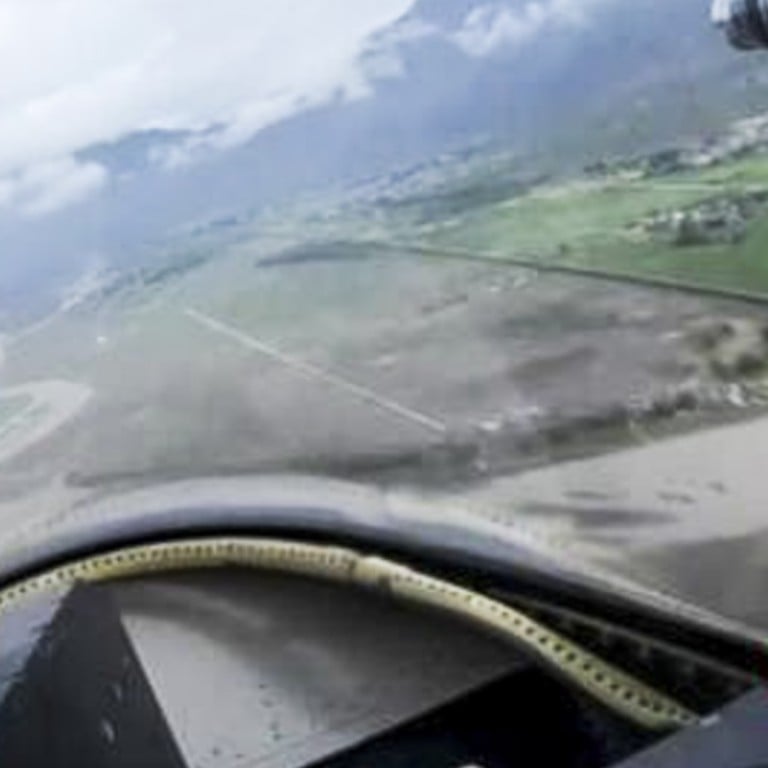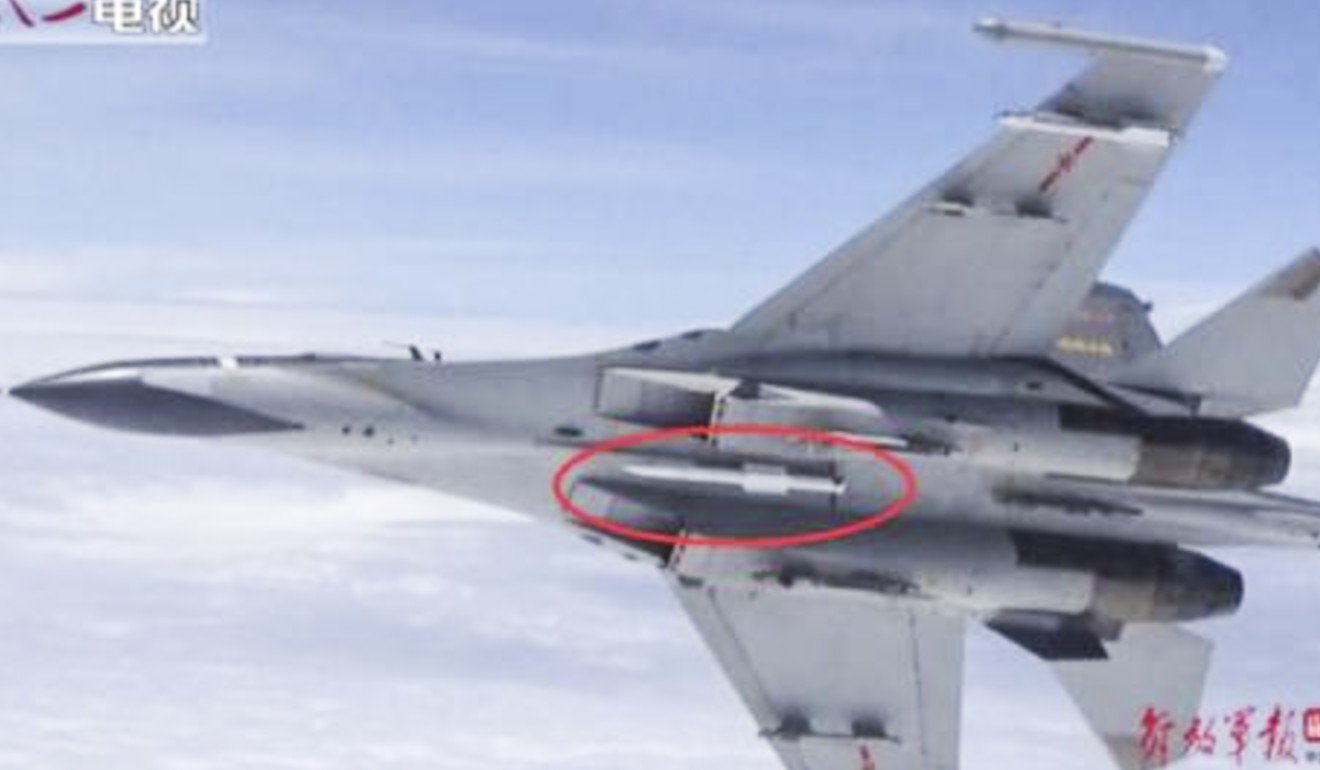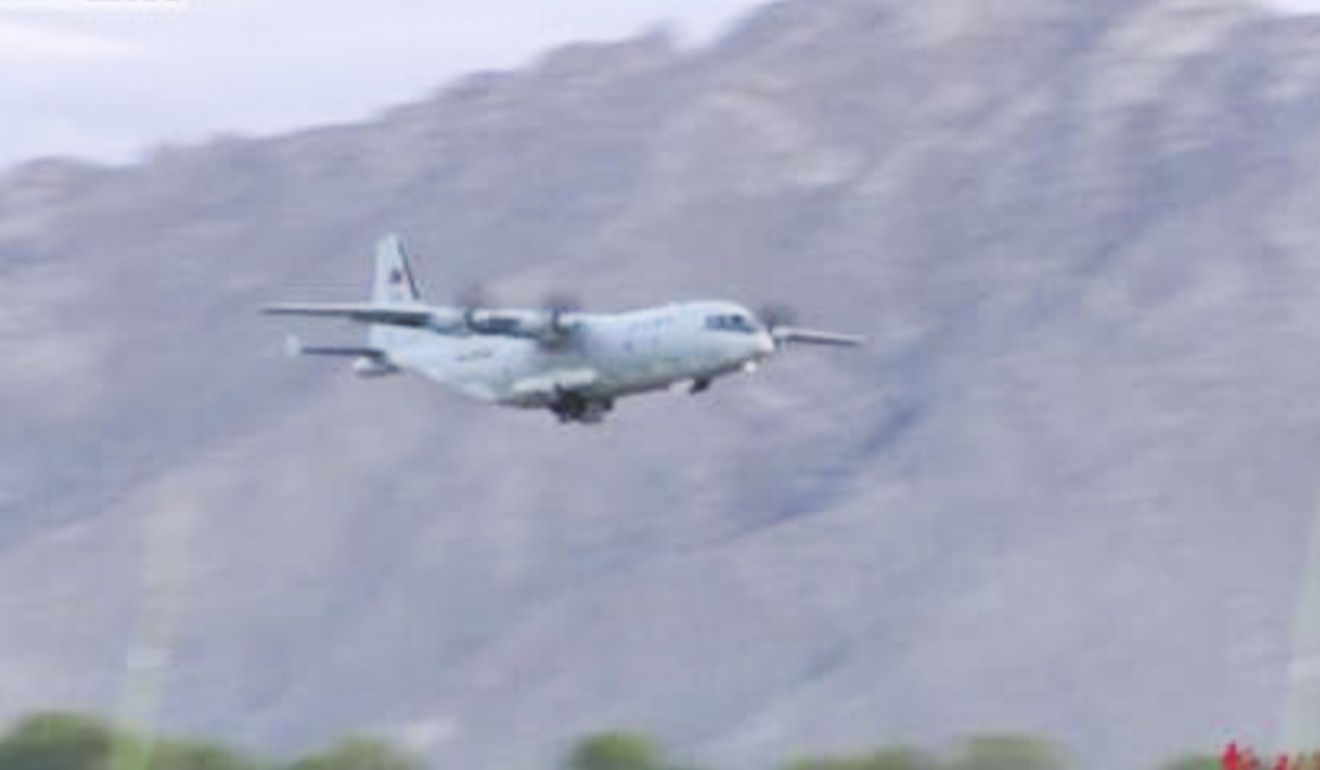
China irons out high-altitude jet fighter engine faults in boost to defences against India, analysts say
Chinese military releases video of aircraft on smooth runs in country’s mountainous southwest, suggesting advances to problem-plagued AL-31F engines
Footage of Chinese warplanes on drills in the country’s mountainous southwest suggest the military has overcome engine problems plaguing the aircraft at high altitudes, sounding a warning to regional rival India, military analysts said.
Video of Chengdu J-10 and Shenyang J-11 jets flying low over snow-capped mountains was posted on the People’s Liberation Army’s official website on Monday.
The jets are part of China’s fleet of third-generation lightweight multi-role fighter aircraft and are powered by Russian AL-31F engines.

Military observers said the engines had previously lost power above 3,000 metres, leading to a string of accidents.
In September 2015, a J-10 from the former Shenyang Military Region crashed on a night patrol when the plane climbed above 3,350 metres, state-run China Central Television reported. The pilot ejected to safety.
The footage also showed a Shaanxi Y-9 transport aircraft taking off and landing at a high-altitude airport. The Y-9 can carry 106 passengers or 132 troops at one time.

A Xian JH-7 fighter-bomber is also seen flying over the snow-covered terrain, filling out the combat line-up in the PLA Air Force’s Western Theatre Command, which ranges from Chongqing to Tibet and Xinjiang.
In the video, Zhan Houshun, the western theatre’s air force commander, also said domestic and international training had boosted the air force’s combat readiness.
“In various exercises, we not only target ‘imaginary rivals’, but focus more on acquiring useful and effective combat skills,” Zhan said.
Military analysts said the apparent smooth flights by the warplanes suggested the air force had overcome the engine’s high-altitude problems, bolstering the PLA’s defences against India.
Beijing-based military commentator Song Zhongping said the lack of air pressure at high altitudes made flying difficult, a situation complicated by variations in airflow in mountainous terrain.
“The video showed that the engines in Chinese warplanes have been improved in terms of stability over complex geography. It also signalled that China has set up a highly specialised air wing in the country’s west,” Song said.
Hong Kong-based military analyst Leung Kwok-leung said the improvements would strengthen China’s air defences against India.
“Once the engine problem is solved, Chinese planes will be able to easily take off and land in high-altitude areas, making India’s air force less effective,” Leung said.
The apparent advances come less than a year after a protracted border stand-off between Chinese and Indian troops in the Doklam region in the Himalayas.

